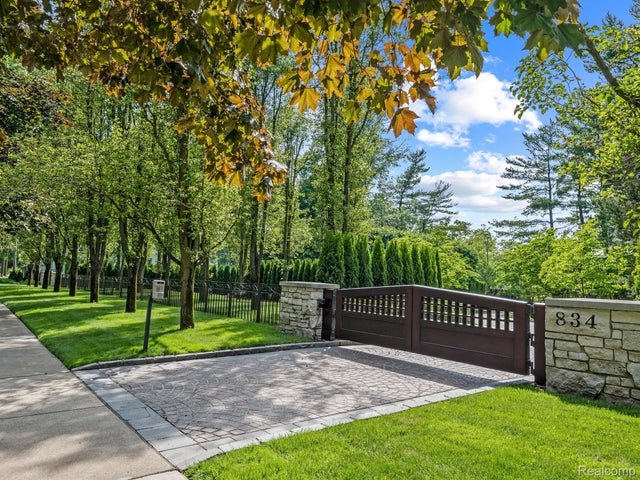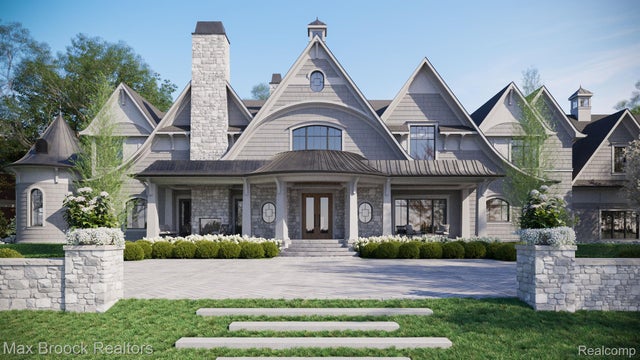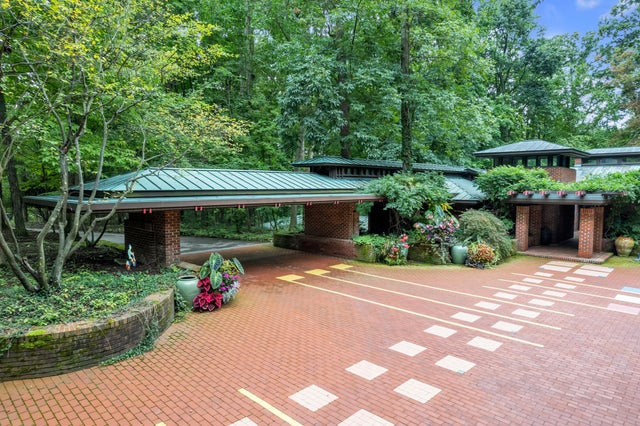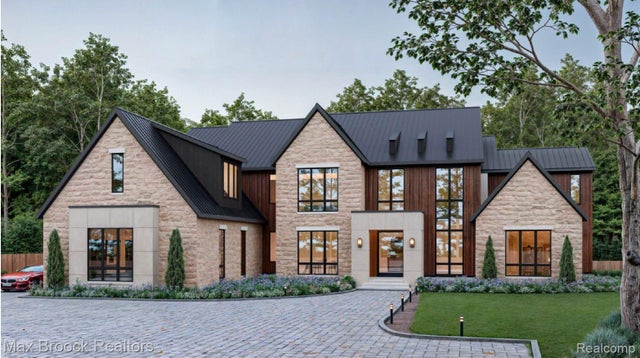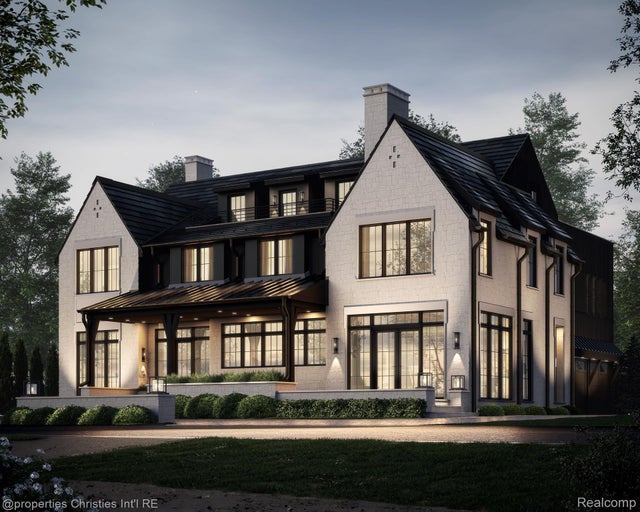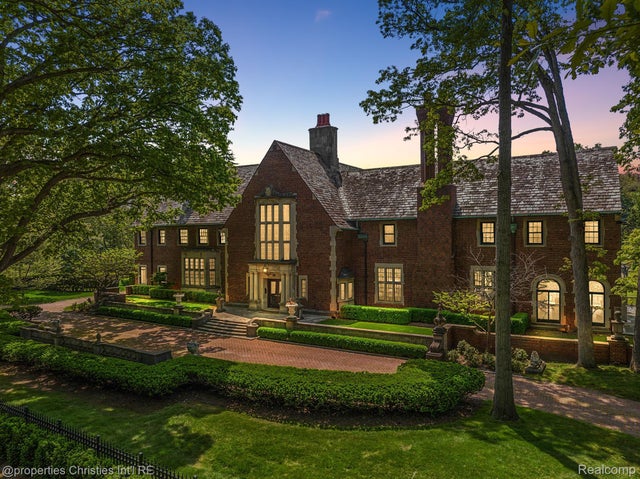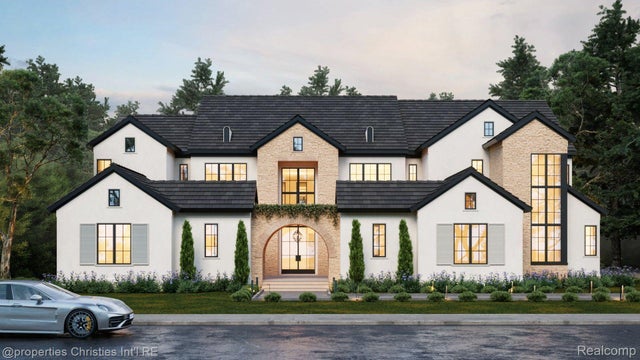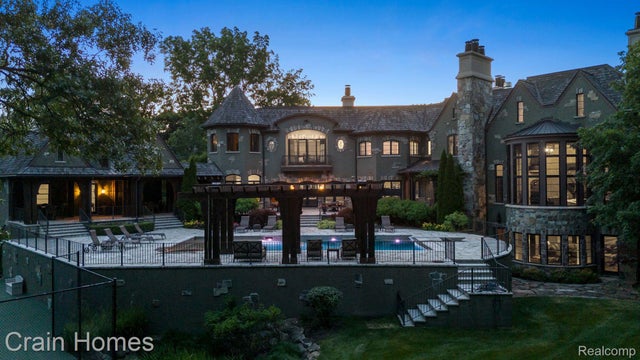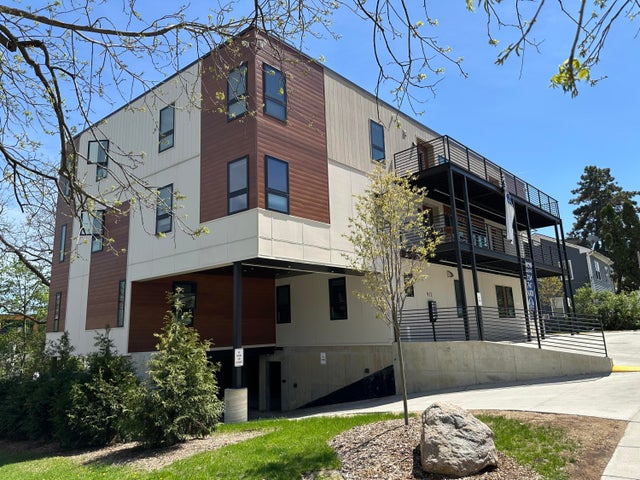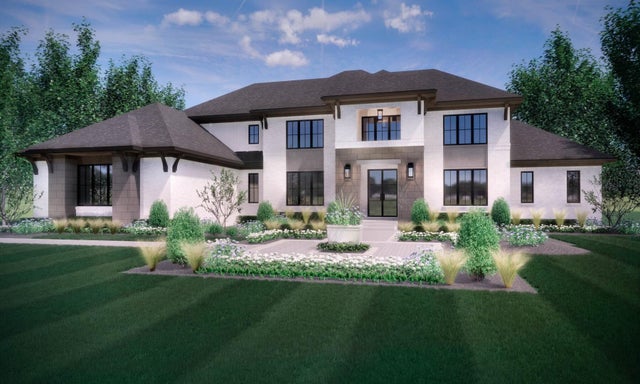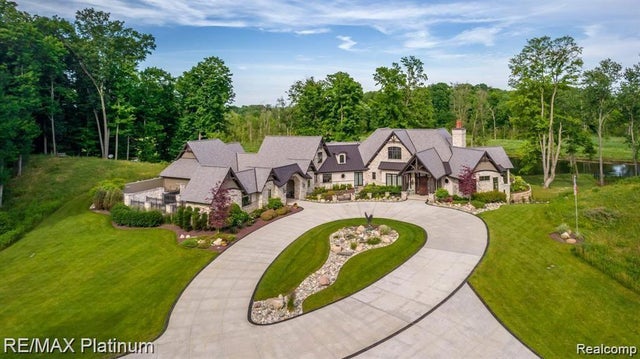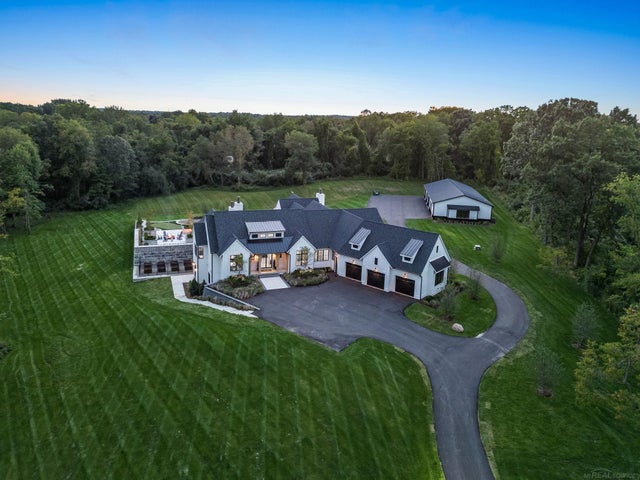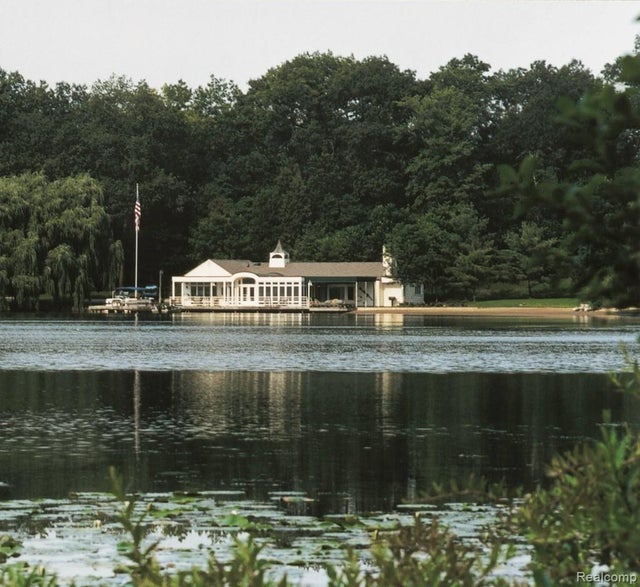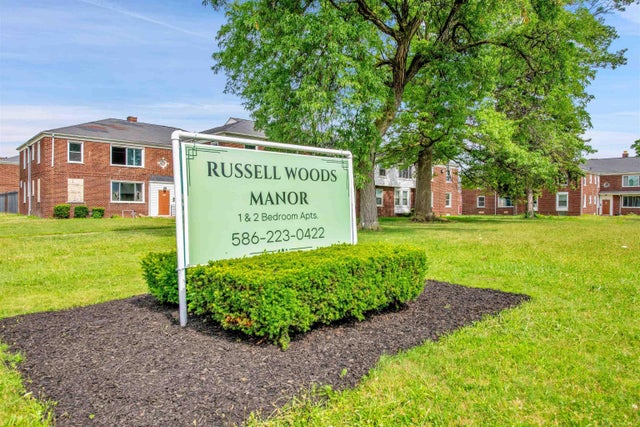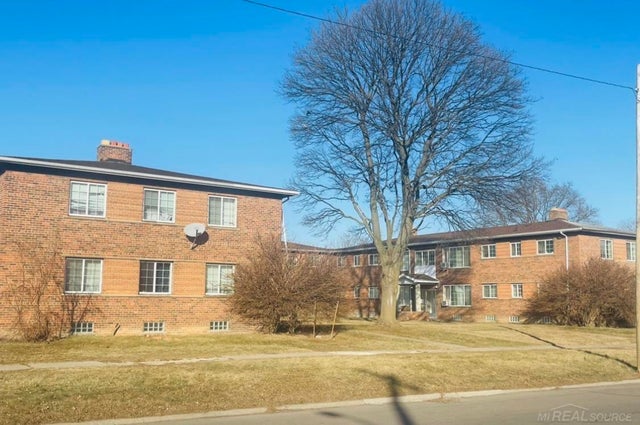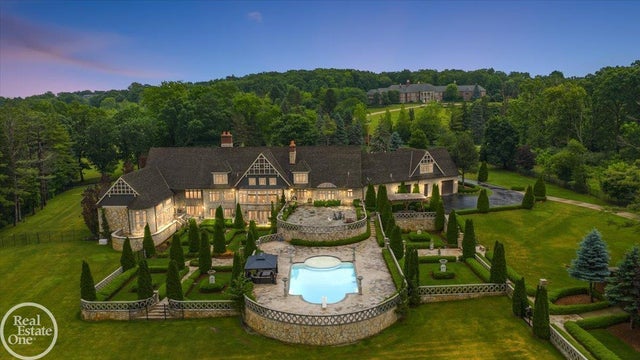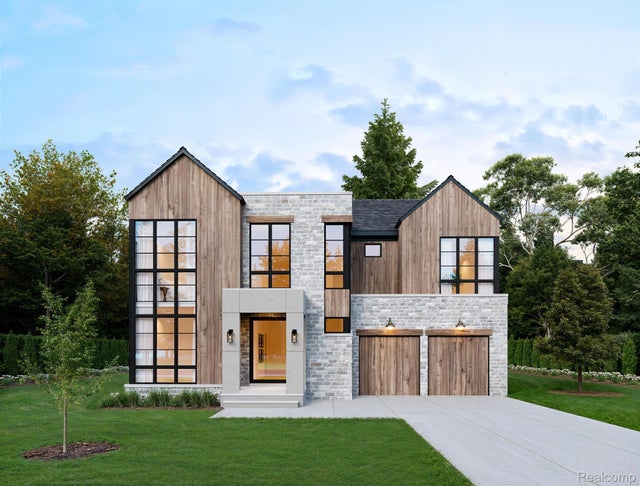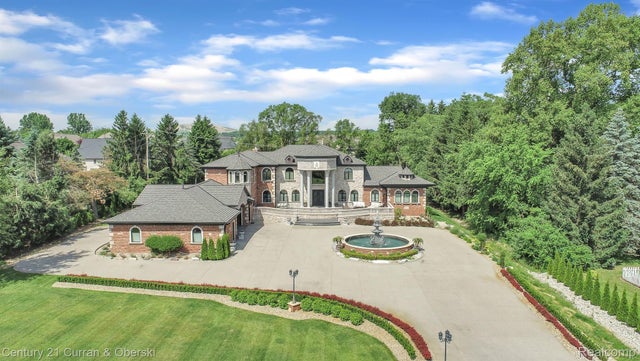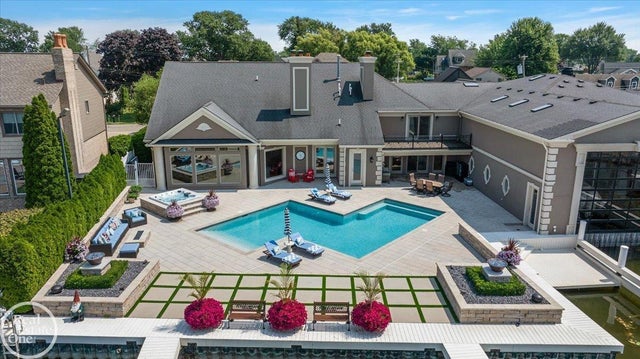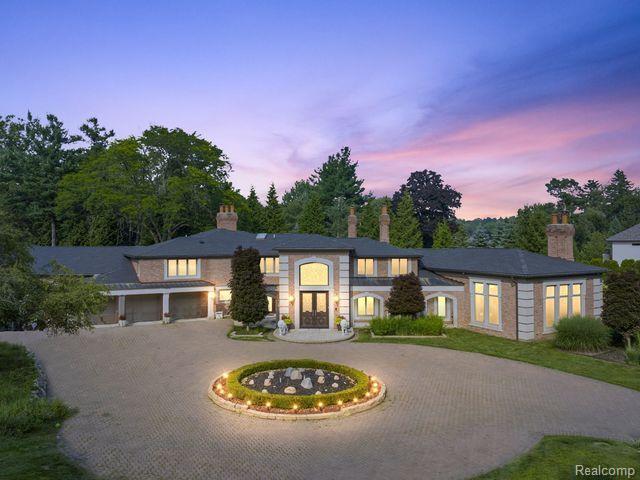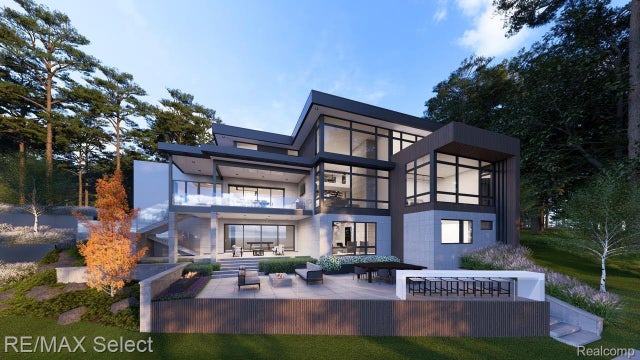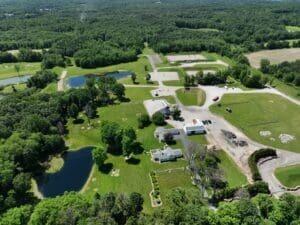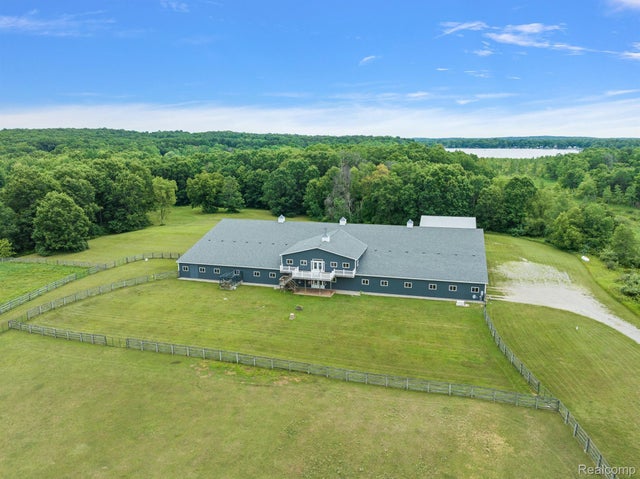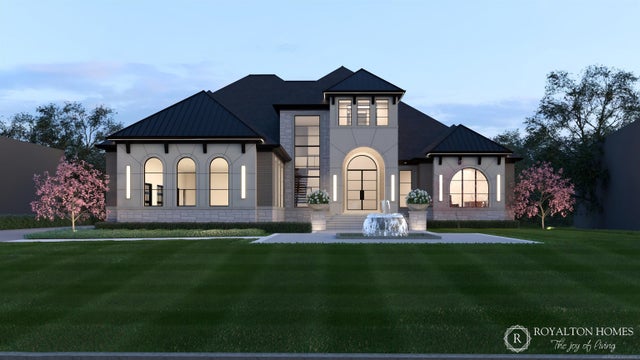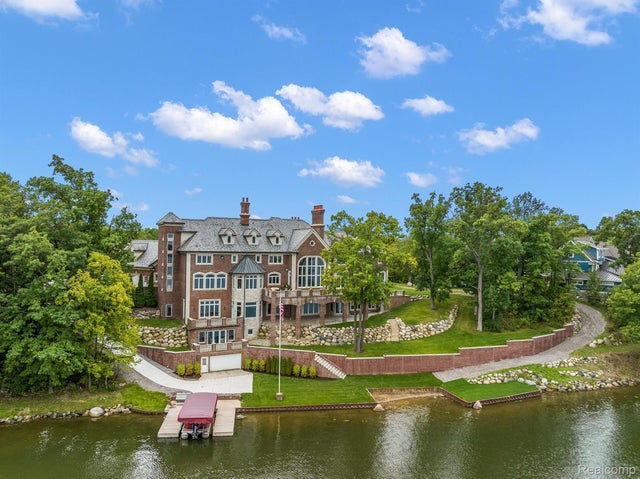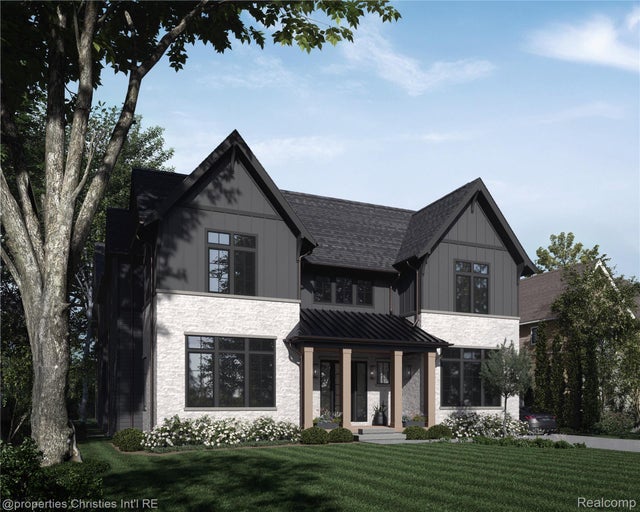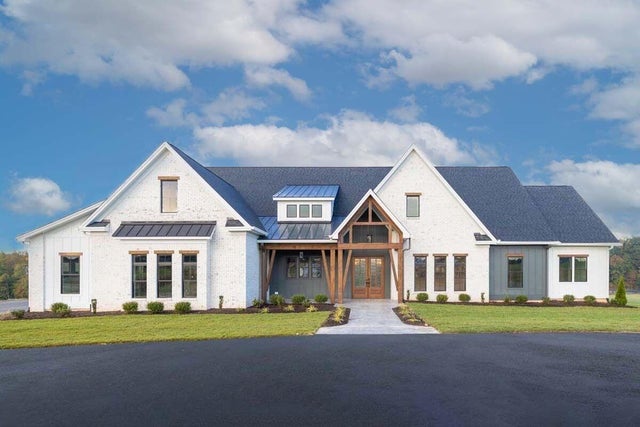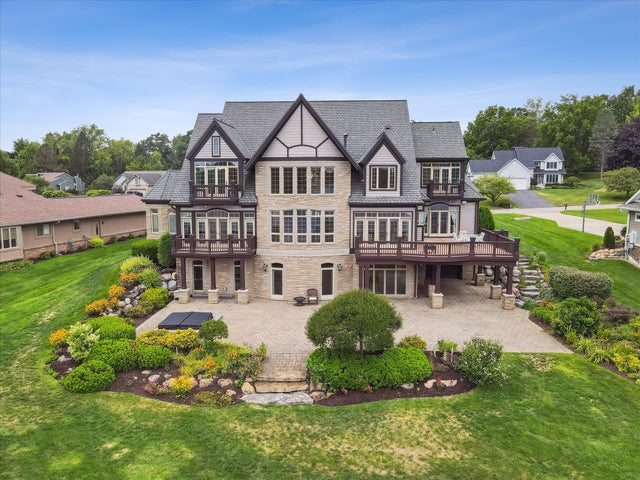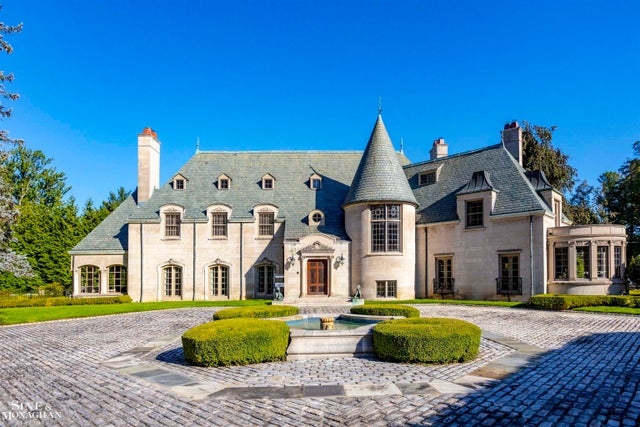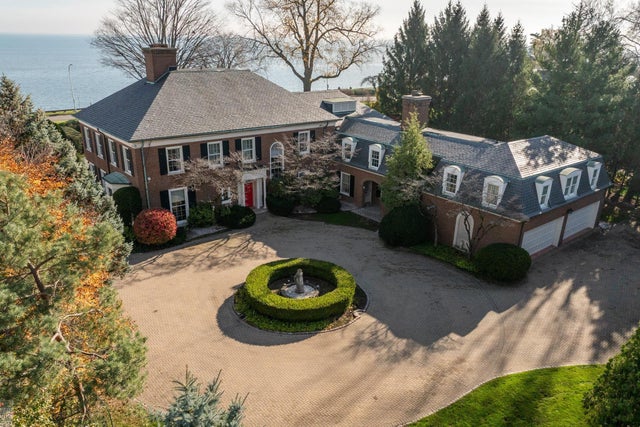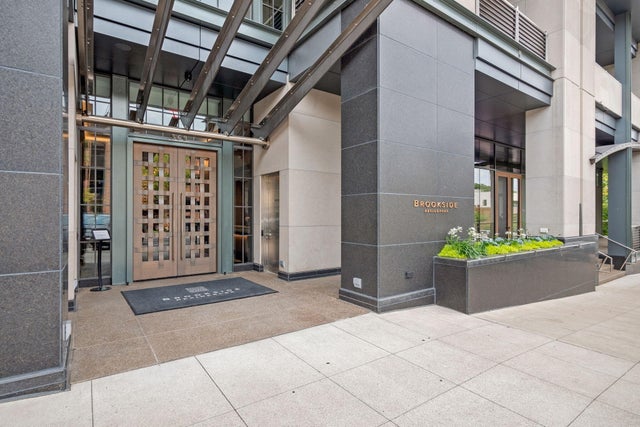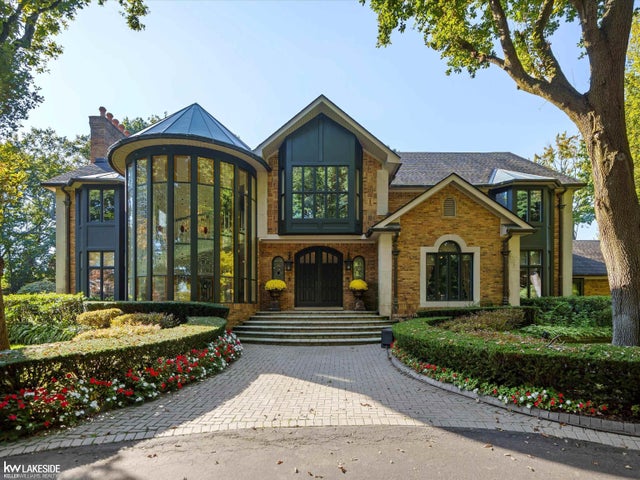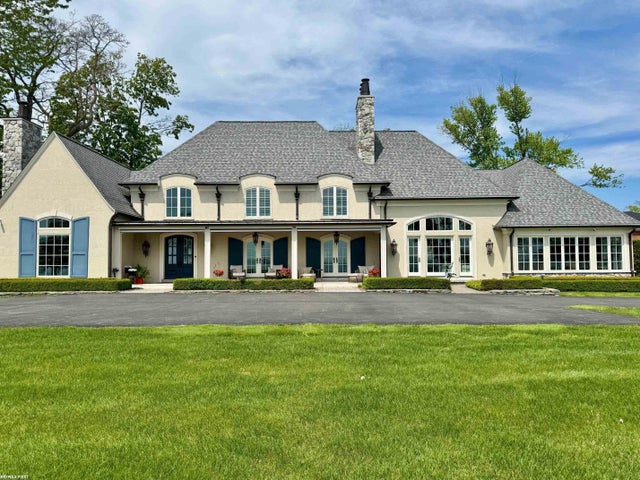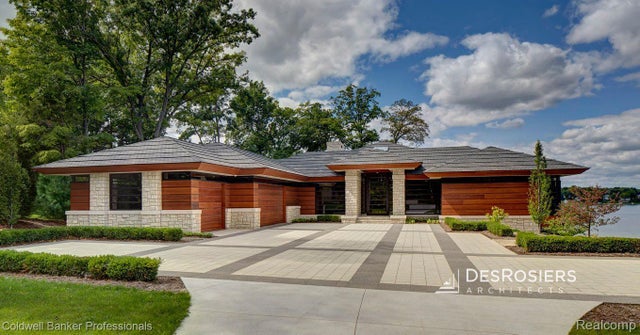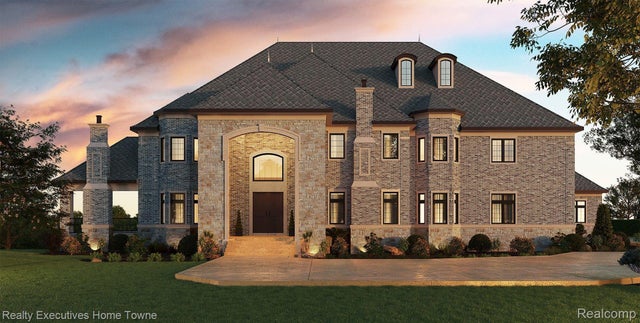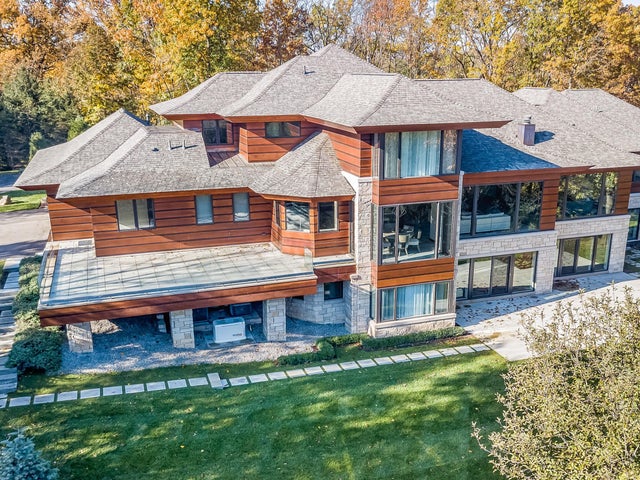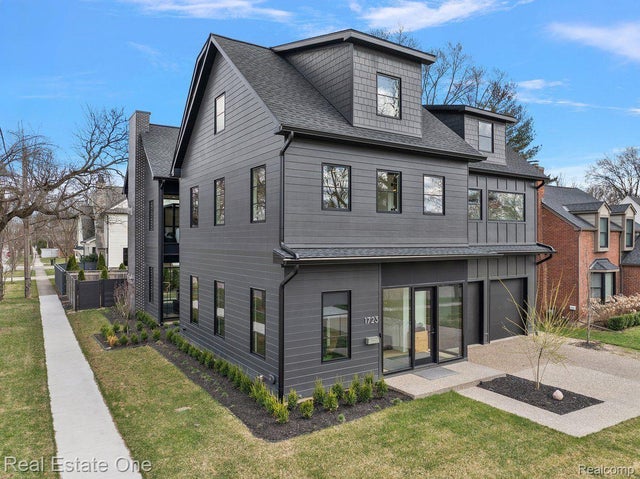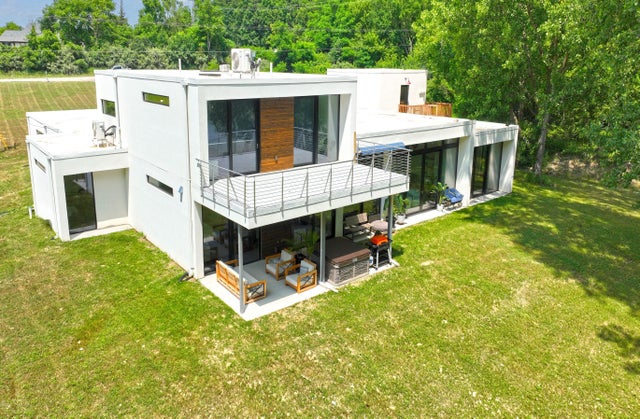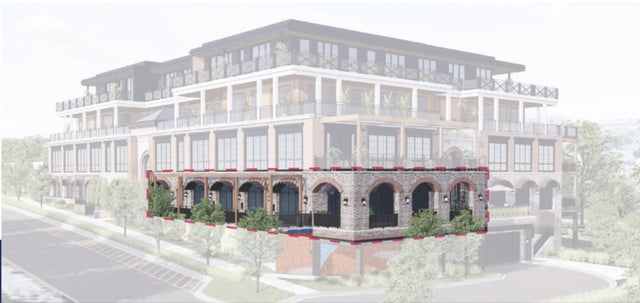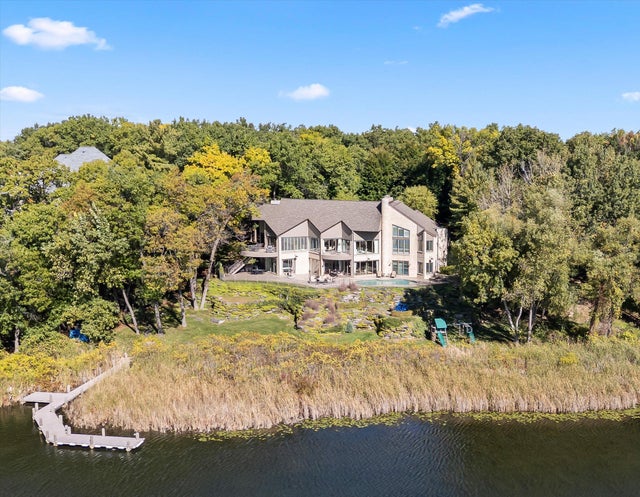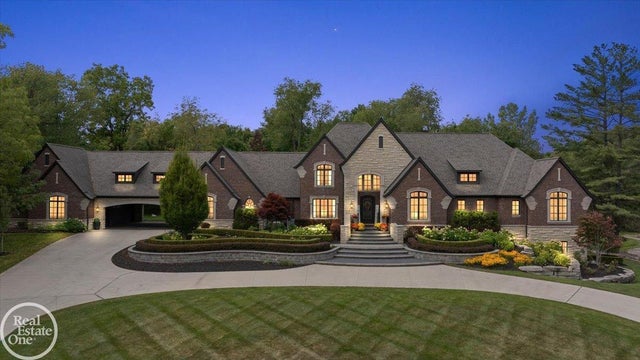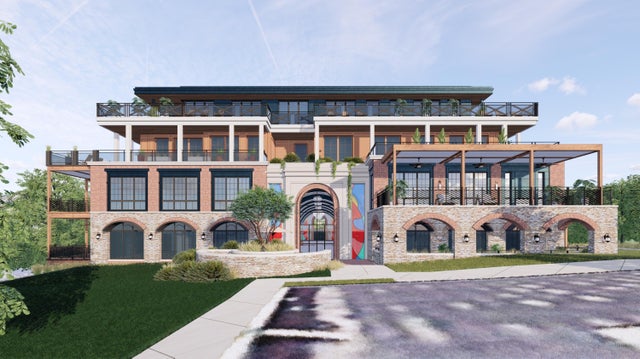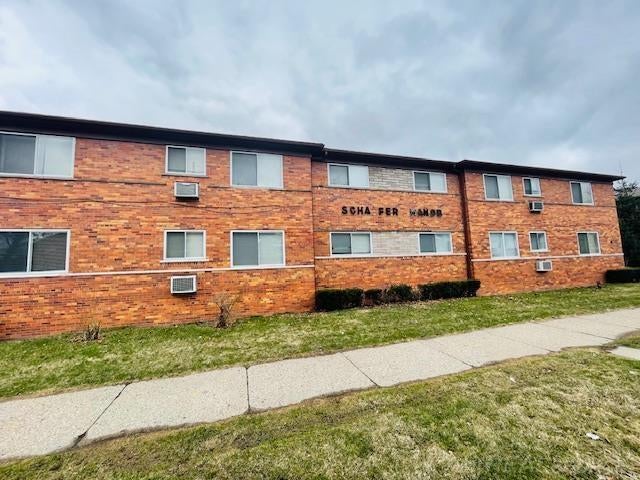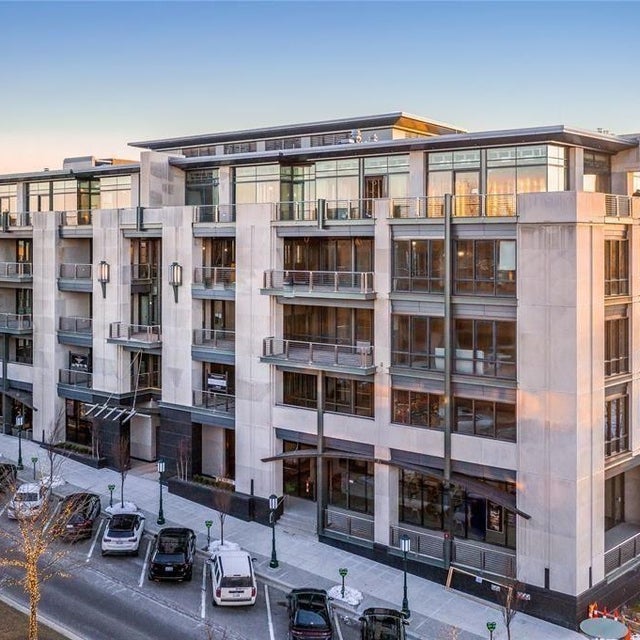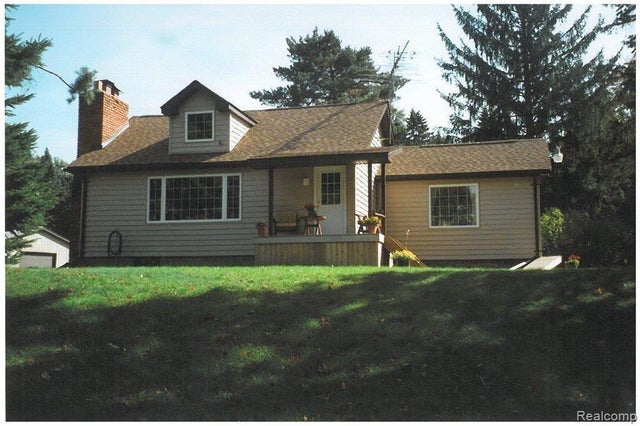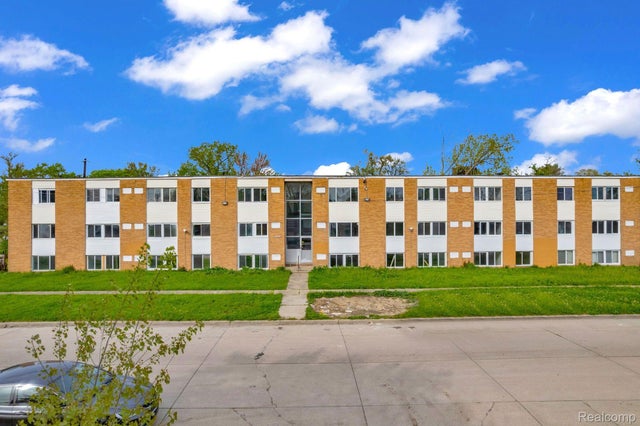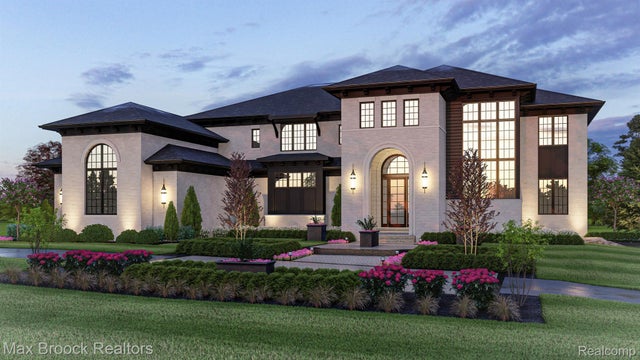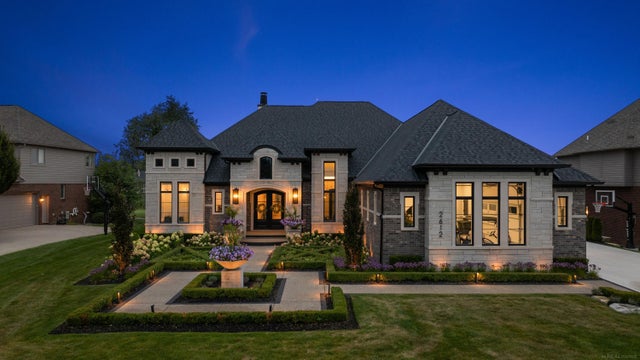Buying a home in Metro Detroit’s university hubs offers a unique mix of benefits. Nowhere is this more evident than in Detroit’s historic University District – a neighborhood renowned for its classic homes and vibrant community – and in other university-adjacent areas across Metro Detroit. From the tree-lined streets near University of Detroit Mercy to lively college towns like Ann Arbor and the suburban charm of Rochester, homes in or near university zones have a special appeal. Why are these areas so sought-after? Below, we dive into current 2024–2025 real estate trends and the key factors (historic charm, walkability, rental potential, school access, and more) that attract everyone from first-time buyers to seasoned investors.

University District & University-Area Housing Market Trends (2024–2025) at a Glance
To understand the appeal, let’s first look at how university-area real estate is performing in 2024–2025. The data tells a story of high demand and competitive markets in these neighborhoods:
- Surging Home Prices: Home values near universities have been on the rise. In Detroit’s University District, the median sold price hit about $405,000 in early 2025, a 19% jump from a year prior. Similarly, nearby college-town markets show steady growth – for example, Ann Arbor’s median sale price is around $510,000 (up ~2.4% YOY), and Rochester (home to Oakland University) saw prices climb to roughly $435,000 (up ~5.7% YOY). Notably, college towns nationally outpace average markets, with home prices in college areas rising 4% last year versus 1.6% nationwide.
- Limited Inventory & Quick Sales: Despite rising prices, supply remains tight. University District often has only a handful of listings (around 6–10 homes for sale at a time), creating intense competition. Homes sell fast – the average University District home sold in just 38 days in April 2025 (32% faster than a year prior), and in Rochester Hills, average time on market has plunged to 16 days (down nearly 50% YOY). Many desirable listings go under contract within weeks or even days of hitting the market. This swift pace underscores how eager buyers are to snag homes in these areas.
- High Demand & Competitive Offers: All signs point to a seller’s market in these neighborhoods. University District is firmly a seller’s market, meaning more buyers than homes available – and the same holds true for Ann Arbor and others. Bidding wars and multiple-offer situations are common. In many cases, homes fetch close to or above asking price. (For example, in one month 58% of homes in Rochester Hills sold for over the asking price.) Buyers in these university hubs are often prepared to pay a premium, especially for move-in-ready homes that “check all the boxes.”
- Strong Rental & Investor Interest: The presence of major universities ensures a steady stream of renters, which in turn attracts investors. College communities “attract spending power, housing demand and employment”, making them key economic drivers. Investors know that student and faculty rental demand can keep properties occupied year-round. Parents of college students also often purchase condos or houses for their kids’ use, further bolstering demand. In University District, while most homes are owner-occupied, some owners even capitalize on events (like the PGA tour at the nearby golf club) by renting out their homes short-term to visitors – demonstrating the rental income potential these areas offer.
These trends paint a clear picture: whether it’s a historic Tudor in Detroit or a bungalow near campus in Ann Arbor, university-area homes are in demand, with rising prices, quick sales, and eager buyers. Now, let’s explore why these homes are so attractive by looking at the key qualities that define university district living.
Historic Charm and Character
One major draw of the University District (and similar neighborhoods) is the historic charm and architectural character of the homes. Walking through Detroit’s University District feels like stepping back into the “golden age” of homebuilding – most of the 1,200 single-family homes here were built in the 1920s and 1930s, showcasing exquisite craftsmanship. Tudor, Colonial Revival, Victorian, Italianate, and other classic styles line the quiet, well-kept streets. No two houses are exactly alike, and each has unique details like intricate plasterwork, leaded glass, rich wood floors, and stone fireplaces. These are not cookie-cutter homes; they’re “fine architecture” that exude character and quality.
Buyers are drawn to this old-world charm that simply isn’t found in newer subdivisions. The prestige of owning a piece of history in one of Detroit’s most affluent areas is a big selling point. In University District, many homes are spacious (often 3,000+ sq. ft.), with four to six bedrooms and large yards, making them ideal for families who appreciate both room to grow and vintage elegance. Similarly, in Ann Arbor’s older neighborhoods or Ypsilanti’s historic districts, century-old houses with character details often attract buyers looking for that classic Midwestern charm. Historic preservation and pride of ownership are strong in these areas – for example, University District has an active community association that even hosts home tours to showcase the neighborhood’s beauty. The combination of stately architecture and a tight-knit community legacy (neighbors who have known each other for decades) creates an irresistible atmosphere that many buyers fall in love with.
.png)
Walkability and Lifestyle Amenities
Another factor that makes homes near universities so attractive is the walkable, amenity-rich lifestyle they offer. University districts tend to be close to shops, restaurants, cafes, parks, and cultural venues, thanks to the influence of the nearby campus and student population. For example, Detroit’s University District sits adjacent to Livernois Avenue (historically known as the “Avenue of Fashion”), a revitalized boulevard now filled with boutiques, art galleries, eateries and coffee shops. Residents can stroll a few blocks for an ice cream or dinner, and enjoy community events along this commercial strip. Just to the east lies Palmer Park, a large green oasis with trails, sports facilities, and even splash pads for kids – perfect for weekend recreation. Living here means having major greenspaces and everyday conveniences right at your doorstep.
In other university-adjacent neighborhoods across Metro Detroit, the story is similar. Midtown Detroit (near Wayne State University) offers museums, theaters, music venues, and a vibrant nightlife all within walking distance – appealing to young professionals and students alike. Ann Arbor’s downtown and campus flow together, creating a highly walkable city center with bookstores, coffee houses, farmers markets, and cultural festivals that residents can walk or bike to. Even suburban college areas like Rochester (around Oakland University) provide a charming downtown, trails along the river, and community events that bring people together. The walkability of these areas not only adds convenience (less driving for daily needs) but also fosters a strong sense of community. Neighbors bump into each other at the local café or campus art fair, strengthening social ties.
Moreover, being near a university often means access to unique perks: college sports and entertainment (think football games at Michigan Stadium or basketball at Little Caesars Arena for Wayne State), academic lectures and resources open to the public, and robust public transportation links. (Ann Arbor and Detroit both have bus systems and shuttles serving campuses; Detroit’s QLine streetcar connects Midtown’s university area with downtown.) All of these amenities translate into a lifestyle that’s active, convenient, and culturally rich – a big reason why buyers of all ages, from millennials to downsizing seniors, find university districts so appealing.
.png)
Rental Income and Investment Potential
For many buyers (especially investors), the economic appeal of university district homes is a huge draw. Properties near colleges tend to offer excellent rental potential. There’s a built-in demand: each year brings a new wave of students, professors, medical residents, and university staff who need housing. This steady stream of potential tenants means that an investor can reliably rent out a home or condo, whether it’s to a group of students, a visiting faculty member, or even as a short-term rental during special events. In fact, college towns have long been profitable for real estate investors, consistently yielding solid returns. One nationwide study found that home prices in college towns rose 4% in one year, outpacing the national average growth of 1.6% – a reflection of strong demand partly driven by renters.
In Metro Detroit, we see this investor interest both in traditional rentals and creative uses. In Ann Arbor, for example, many people purchase condos near campus to rent to University of Michigan students; parents sometimes buy a property for their college kids to live in while attending school (building equity instead of paying dorm fees), then keep it as an investment. Around Wayne State University in Detroit’s Midtown, investors have converted historic homes into multi-unit rentals or renovated old apartment buildings to cater to young professionals and students who want to live near campus and downtown. Even in the University District – primarily a single-family home neighborhood – the investment angle exists: the community has around 80 duplex homes, many occupied by university faculty or grad students, indicating a market for rental housing for those affiliated with UDM. As noted earlier, some University District homeowners also rent out rooms or entire homes during events like the Detroit Golf Club’s PGA tournament, earning extra income while demand is high.
All this translates to strong ROI prospects for buyers. Whether you’re an investor seeking rental income, or an owner-occupant who might rent out a spare bedroom, buying near a university can be financially savvy. These areas tend to hold their value well (the university provides a stable economic anchor), and often appreciate faster than average. The “investor appeal” is evident in the competitive offers we see – it’s not uncommon for all-cash offers or bidding wars to involve investors in these neighborhoods, especially for properties that are well-suited to renting. In short, the dual-use potential (both personal housing and investment) of university district homes makes them uniquely attractive in the real estate market.
Proximity to Education and Top Schools
Homes in university districts also benefit from proximity to educational institutions and quality schools, which is a major selling point for certain buyers. Firstly, being near a college or university means residents have easy access to the campus itself – for lifelong learners, retirees, or anyone who enjoys the academic environment, this is a perk. They can attend public lectures, enjoy college sports, use libraries, or simply soak in the youthful energy of campus. Faculty and staff buyers, of course, love a short commute; many professors or university employees choose to live in the University District or nearby so they can walk or bike to work at UDM or Wayne State. (Living walking distance from the office is a huge quality-of-life boost!) In fact, it’s noted that a significant number of UDM’s faculty and grad students live right within the University District community – showing that these neighborhoods truly cater to the academic community’s housing needs.
For families with children, school district quality is often a deciding factor in where to buy a home. University-adjacent areas often coincide with excellent K-12 schools. Take Ann Arbor and Rochester – both anchored by universities (U of M and Oakland U respectively) and both boasting some of Michigan’s top public school districts. Ann Arbor Public Schools and Rochester Community Schools consistently rank in the top 10–15 districts statewide, which draws many family buyers to those communities. The thinking is that in a college town or university area, education is a priority – and that tends to reflect in the local schools, youth programs, libraries, and overall support for learning. Even in Detroit, families in the University District have access to well-regarded private and charter schools, and they benefit from being near educational resources (for instance, UDM’s campus offers youth programs and a cultural center). The academic atmosphere of a university neighborhood can be an enriching environment for kids to grow up in, with museums, science centers, and college events at their fingertips.
Finally, let’s not forget school spirit and community pride. In areas like Ann Arbor, the presence of the university creates a communal identity – people rally around the local team, participate in campus traditions, and often alumni choose to stay or return to raise families. This pride and connection to the school bolster the desirability of the area. Buying a home near a beloved university isn’t just a real estate investment; for many, it’s an emotional investment in a community and lifestyle they cherish.
.png)
Who’s Buying in University Districts? (Buyer Demographics)
University district homes appeal to a wide range of buyers, each with their own goals. Here are some of the key buyer groups and why these neighborhoods fit their needs:
- First-Time Buyers: Many young professionals and first-time homebuyers target university-area neighborhoods for their vibrant atmosphere and relative affordability. In Detroit, up-and-coming areas near Wayne State or UDM offer a chance to own a historic home or a modern condo with easy access to work and play. The lively social scene – restaurants, coffee shops, events – is a big plus for younger buyers. Some first-timers are also alumni who fell in love with the area during college and want to put down roots there after graduation.
- Families: It might seem surprising, but university districts are great for families too. As discussed, top-notch school districts (like Ann Arbor, Rochester, etc.) attract families who prioritize education. The University District in Detroit, with its large houses and tight-knit community vibe, is home to many professionals with children – the neighborhood’s “know-your-neighbor charm” and community pride make it a nurturing environment for kids. Families also enjoy the nearby parks, museums, and educational resources that often come with a college town or neighborhood. Weekends might include a trip to the campus museum, a stroll in the arboretum, or a college sports game – enriching experiences for parents and children alike.
- Faculty and University Staff: Professors, researchers, and staff members are naturally drawn to living near campus. The convenience of a short commute and the ability to immerse in the campus community are big factors. We see this clearly in Detroit’s University District, where many UDM faculty choose to live within the district itself. The same goes for Wayne State employees living in Midtown or U-M employees in Ann Arbor. For these buyers, a home in the area means they can attend evening lectures, respond quickly to campus needs, or host students and colleagues at home without long drives. The prestige of a nice home close to the institution where they work is an added bonus that can help in faculty recruitment and retention – a fact not lost on savvy buyers in academia.
- Investors and Landlords: As noted earlier, investors see opportunity in university areas. This category of “buyer” might be someone local or even out-of-state, looking to purchase rental properties in a stable market. They might buy an older multi-unit home to rent out to students, a single-family home to use as a rental or flip, or a condo to lease to young professionals. The consistent demand (from students who renew leases each year, or new hires coming to the university) means less risk of vacancy. Investors are also eyeing long-term appreciation: as universities expand and neighborhoods improve, property values can climb steadily. In University District and Midtown Detroit, for instance, ongoing revitalization around the campuses signals potential for future growth – something investors are keen to get in on early. It’s worth noting that some buyers in these areas are “accidental investors” too: for example, a family might buy a house for their child to live in while attending college (with roommates paying rent), effectively turning it into a short-term investment until the student graduates.
Overall, the buyer pool is diverse. Empty nesters and retirees also deserve a mention – many of them enjoy college towns for the cultural activities and healthcare facilities (university hospitals) nearby. They may downsize from a large suburban home to a condo near campus, trading square footage for walkability and convenience. In all cases, what ties these buyers together is a desire for the unique benefits of university district living – whether that’s financial upside, lifestyle, community, or education.
.png)
The Perna Team: Your University District Real Estate Experts
With so much going on in these dynamic neighborhoods, you need a real estate partner who truly understands what makes university-area homes special. This is where The Perna Team shines. We’ve spent years helping clients buy and sell homes in Metro Detroit’s most sought-after communities – including the University District in Detroit, Ann Arbor’s campus area, and other college-adjacent neighborhoods. Our team knows the nuances of these markets: from navigating historic home inspections to assessing rental potential, we have the experience to guide you to the right decision.
Why choose The Perna Team for your university district move? Our track record speaks for itself. We’ve helped first-time buyers win bidding wars for charming 1920s homes near UDM, and we’ve assisted faculty families in finding that perfect house just minutes from campus. We’ve even advised investors on identifying high-yield rental properties in college towns. Because we study the latest market data and trends (like those discussed above), we can give our clients a strategic edge. For sellers in these areas, we know what features to highlight – whether it’s the original woodwork or the walking distance to popular cafes – to attract enthusiastic buyers and top-dollar offers. For buyers, we often hear about listings before they hit the market, thanks to our extensive local network, which is crucial when inventory is this limited and competitive.
Above all, The Perna Team is committed to personalized, neighborly service. Many of our agents live, studied, or have strong ties in these communities. We appreciate the character of a University District home and the excitement of a Saturday game day in Ann Arbor – and we love sharing that knowledge with our clients. When you work with us, you’re not just getting market experts; you’re getting local enthusiasts who will go the extra mile to make your real estate goals a reality.
Ready to Make Your Move? Contact The Perna Team Today
Thinking about buying or selling a home in or near a university district in Metro Detroit? Don’t miss out on the opportunities these vibrant markets offer. Whether you’re captivated by the historic charm of Detroit’s University District, the energy of a college town like Ann Arbor, or the investment potential near campus, The Perna Team is here to help. Our expert Realtors will provide you with data-driven insights, seasoned advice, and unwavering support from start to finish.
Take the next step with confidence. Contact The Perna Team today to discuss your goals and to tap into our university-area real estate expertise. We’ll ensure you capitalize on what makes these neighborhoods so attractive to buyers – and achieve the best possible outcome in your home sale or purchase. Your university district dream home (or investment) awaits – let’s make it happen!
DON'T KEEP US A SECRET - SHARE WITH A FRIEND OR ON SOCIAL MEDIA!



